The oral tradition as a political fabric
five tapestries (each) 150x 66 cm
CRISTINA CALDERONI
Curatrice Denise Parizek
Inaugurazione 13.4.2025 11.30 am
Fino a 1st of June 2025
CRAC Galeria
Castelnuovo Rangone
to see the catalogue click here
The oral tradition as a political fabric
The appearance is like tapestry, even if Cristina Calderoni is not weaving in a traditional meaning. But as tapestry is on the crossing point of transmitting of meanings and history like in the olden days and contemporary art.
The juxtaposition of contemporary tapestry and Cristina Calderonis called Tapes makes obvious, that not only the handicraft approach has changed, even more the content.
Calderoni also wants to transmit information and meanings, but she as well has the ambition to create art works and she succeeds. Her basic idea is dismantling and assembling, collecting materials and matching them. The material is very important in that creative act of hers.
The topic of reusing and recycling is mostly present, be it in her wall hangings or in the Pandora Project, 2017-2023, in which she transformed old, used cans and elevated them to art. In the background, the reflection on the opening of Pandora’s box.
In her current exhibition The oral tradition as a political fabric at the Crac Gallery in Castelnuovo Rangone, she is showing her new, large-scale works in which she attempts to reweave history by changing perspectives. The title is referring on the history of communication. While women were weaving they were telling stories to each other. The oral tradition becomes a political act. Her intuitive approach to history and her permanent reflection of the status quo of our planet is leading her to collages of leftovers, turning their value with reessembling and sewing them together, creating an art work.
The studio of Cristina Calderoni is located in the industrial space of Lanificio Paoletti in Follina, district Treviso, in Italy. Therefore she chose to work with the woolen material and startet die Tape Project with Chiara Campanile. These fabrics act like a curtain that separates the inside from the outside, like the eyelids of our eyes, creating their own atmosphere, protecting and inspiring.
The work progress begins with the collection of leftovers in Lanificio. Like a scientist or archeologist she starts an inventory of the individual fabric remnants, sorts them by material, pattern, colour and size. The second step is to find the connection between topic and material. Calderoni determines the direction of the content through the choice of material.
The artist uses sketches to create further guiding structures, which she then has in mind when realising the artwork; this only has a peripheral influence on the intuitive approach to processing. She generally works in large dimensions because the material envelops the space and creates a relationship with the viewer through the dimension.
„When I’m in my studio and I look at the accumulation of materials I’ve collected, I can’t help but think of the history of wool in the world and, more generally, of the use we make of textiles today. It’s an extensive research that never ends, it carries the shadow of traditions but also the speed of consumption in the West, it carries the smell of travel, discovery and transhumance, it always retains the dimension of the care.“ Cristina Calderoni
Calderoni’s connection to nature has already been incorporated into many other works, such as Convivo and Home, both in 2017.
Her projects are always site-specific, sometimes matched with nature like #rethinking in the Parco della Pace by Lauren Kerouz 2024 or combined with a social or political impact like in Casa di Cartone or Abito, both from 2014.
Denise Parizek / Curator 2025
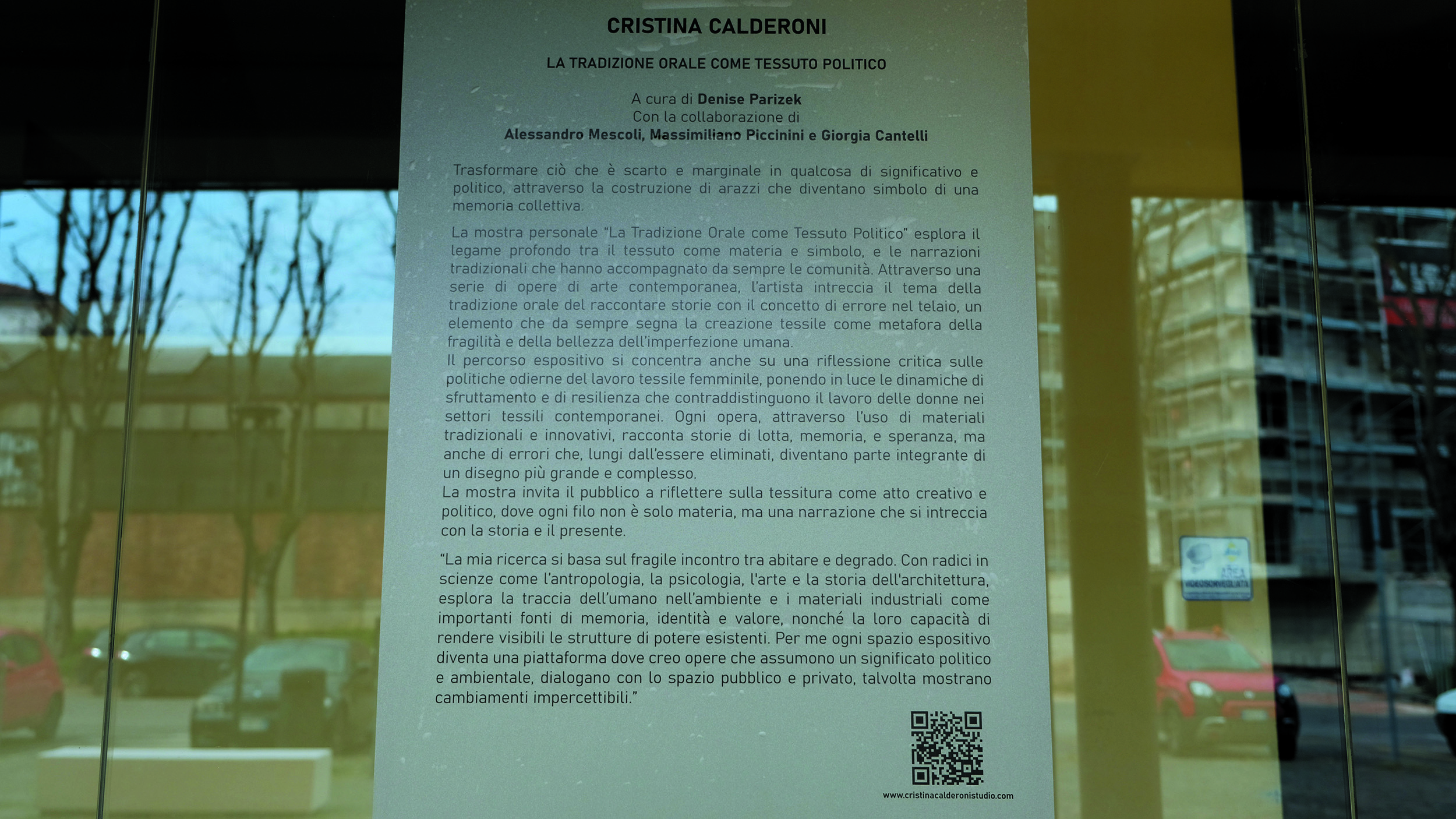
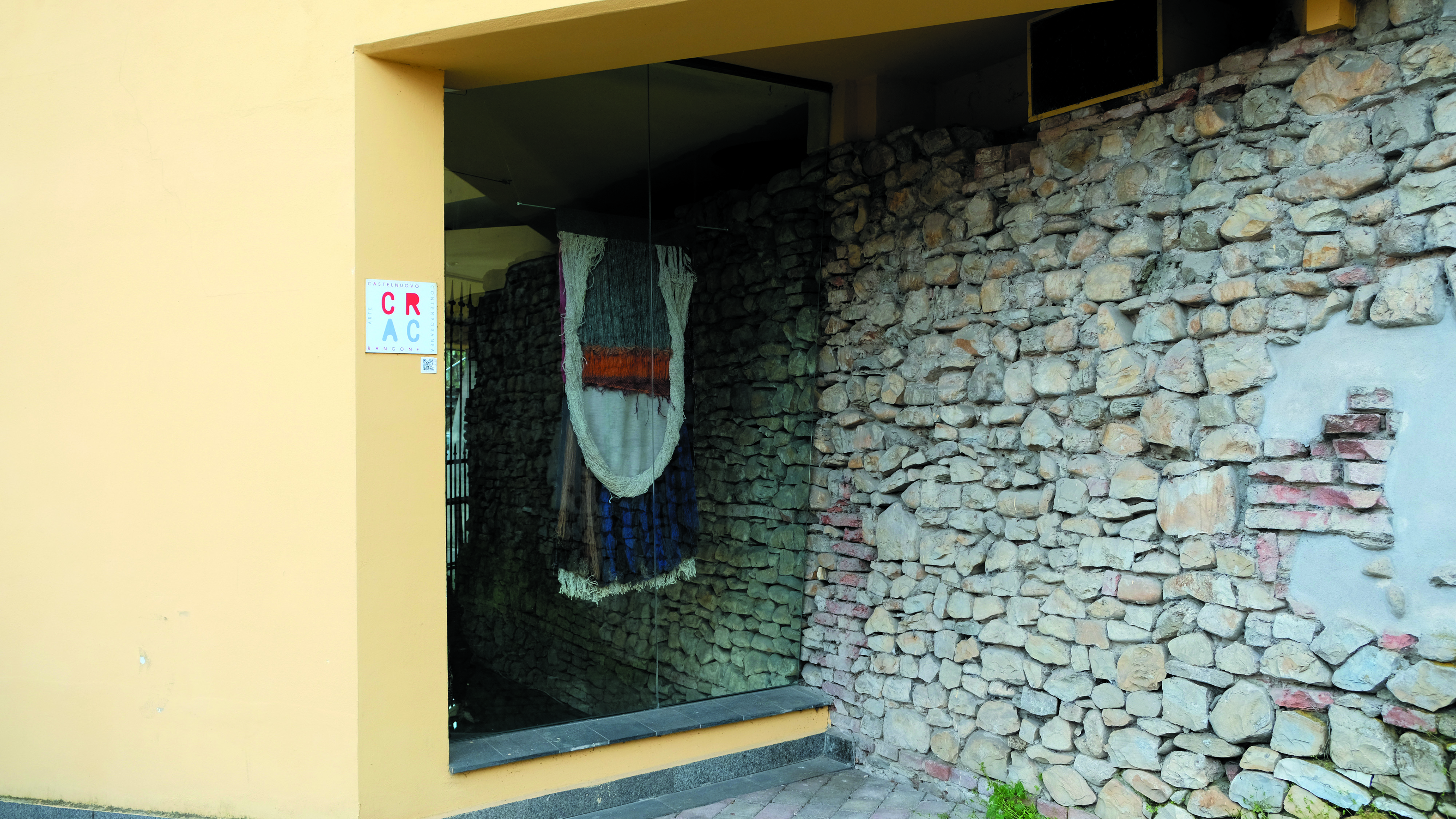
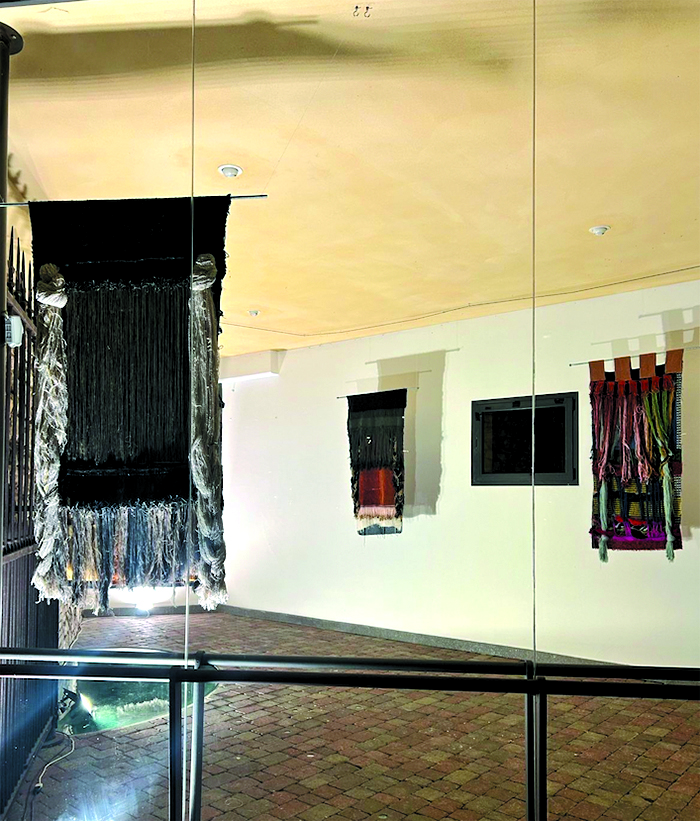
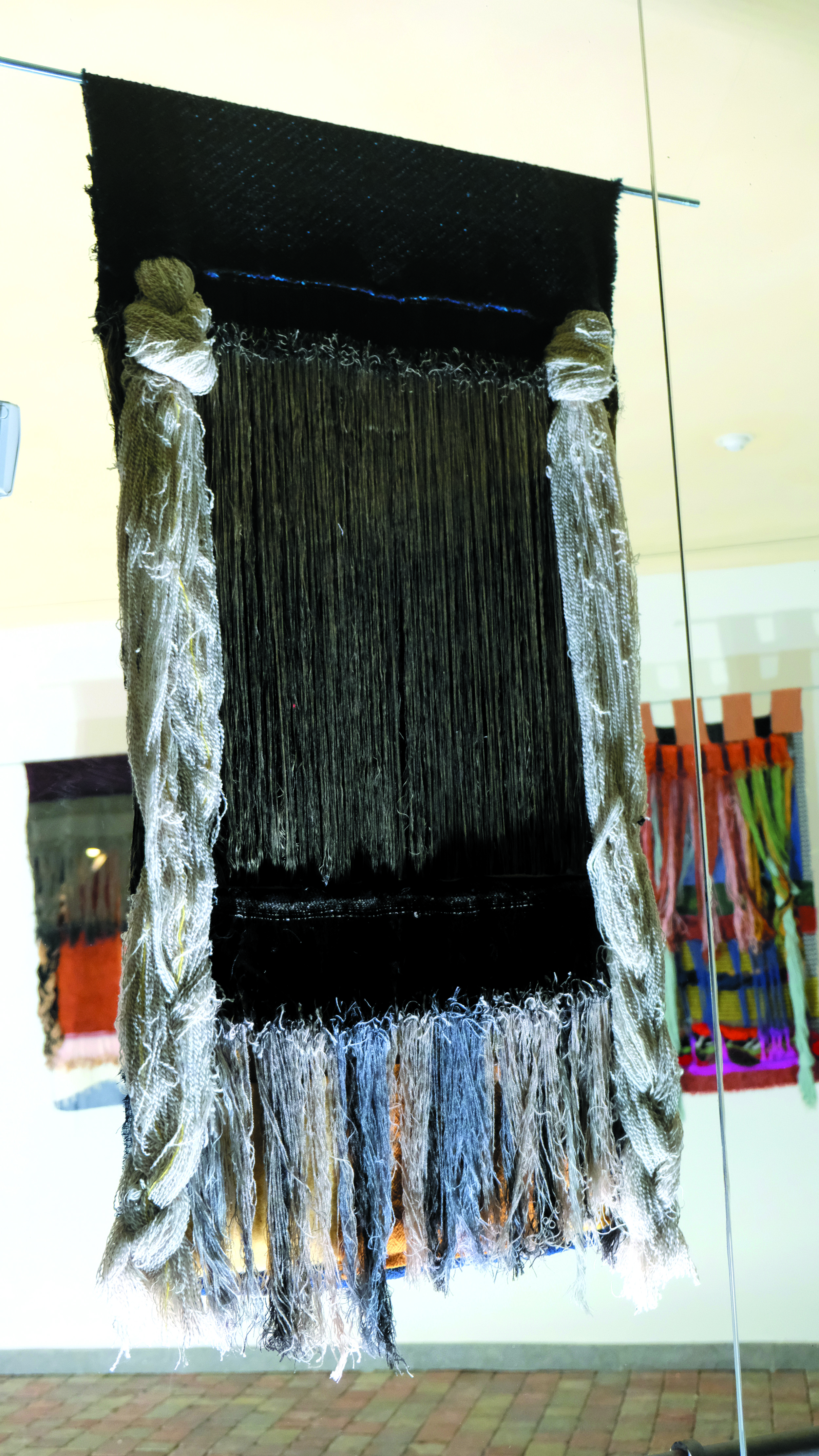
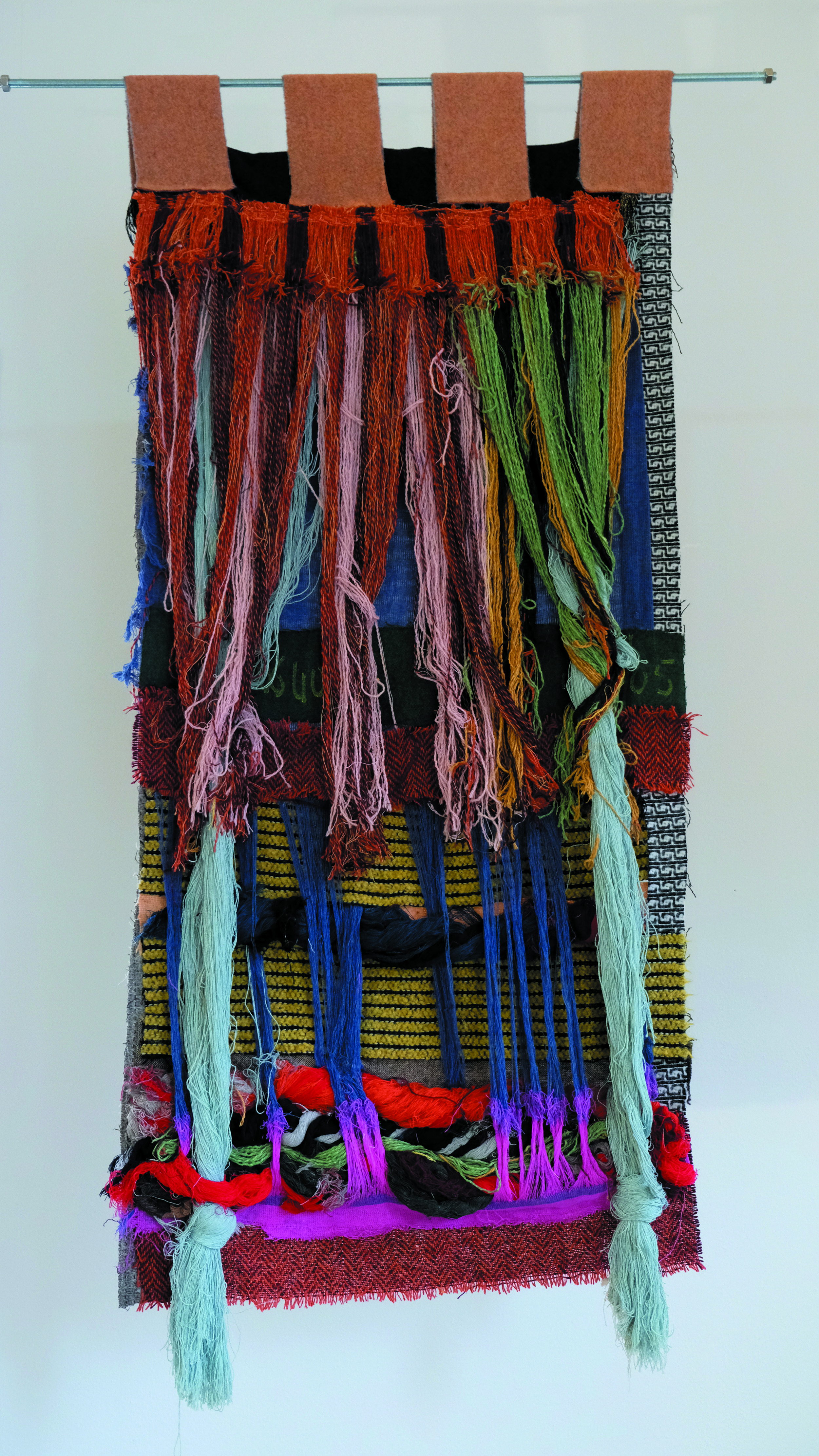
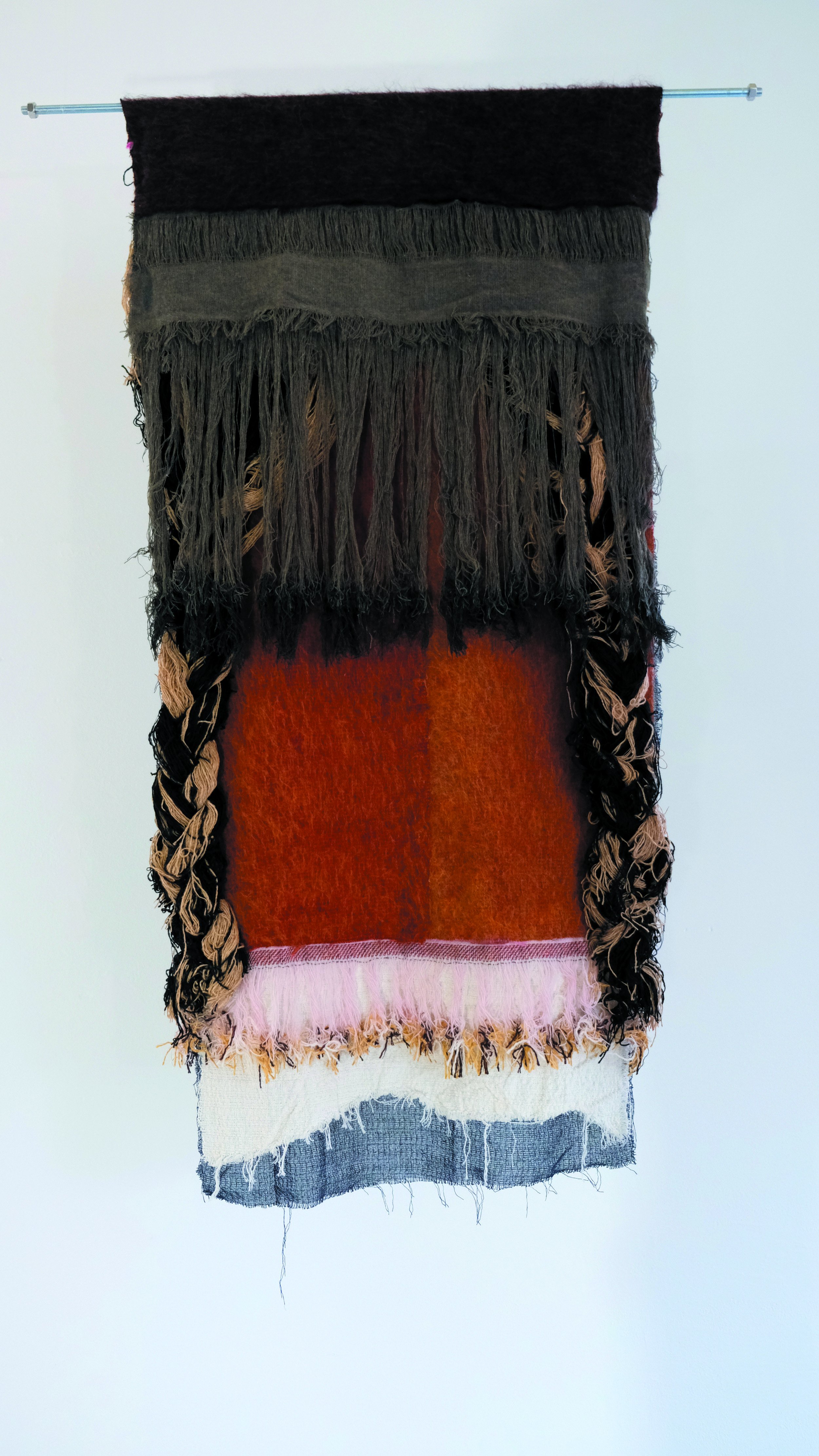
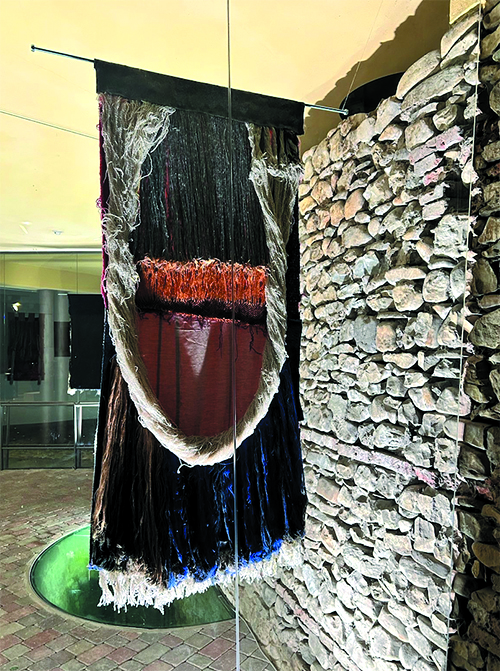
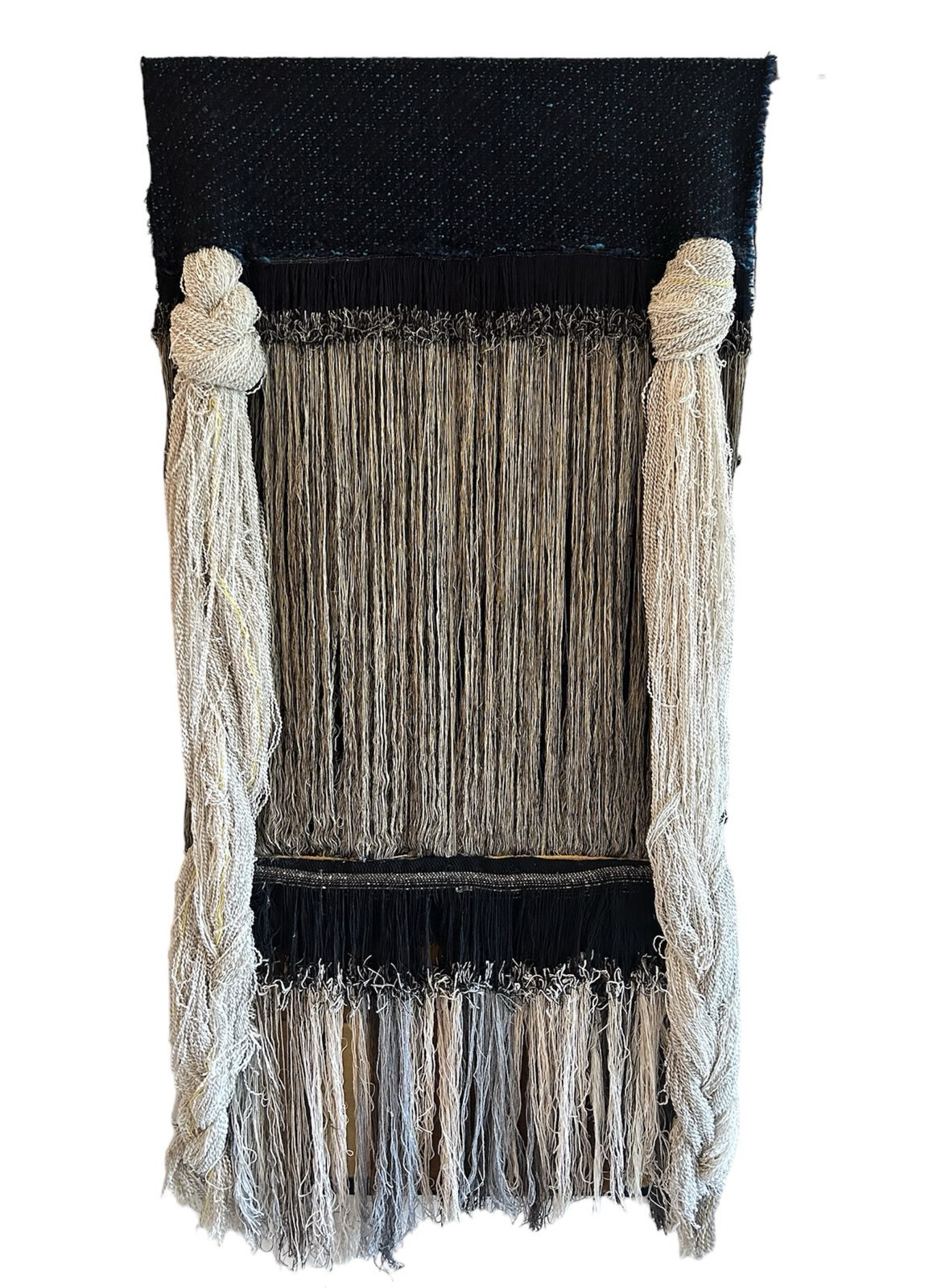
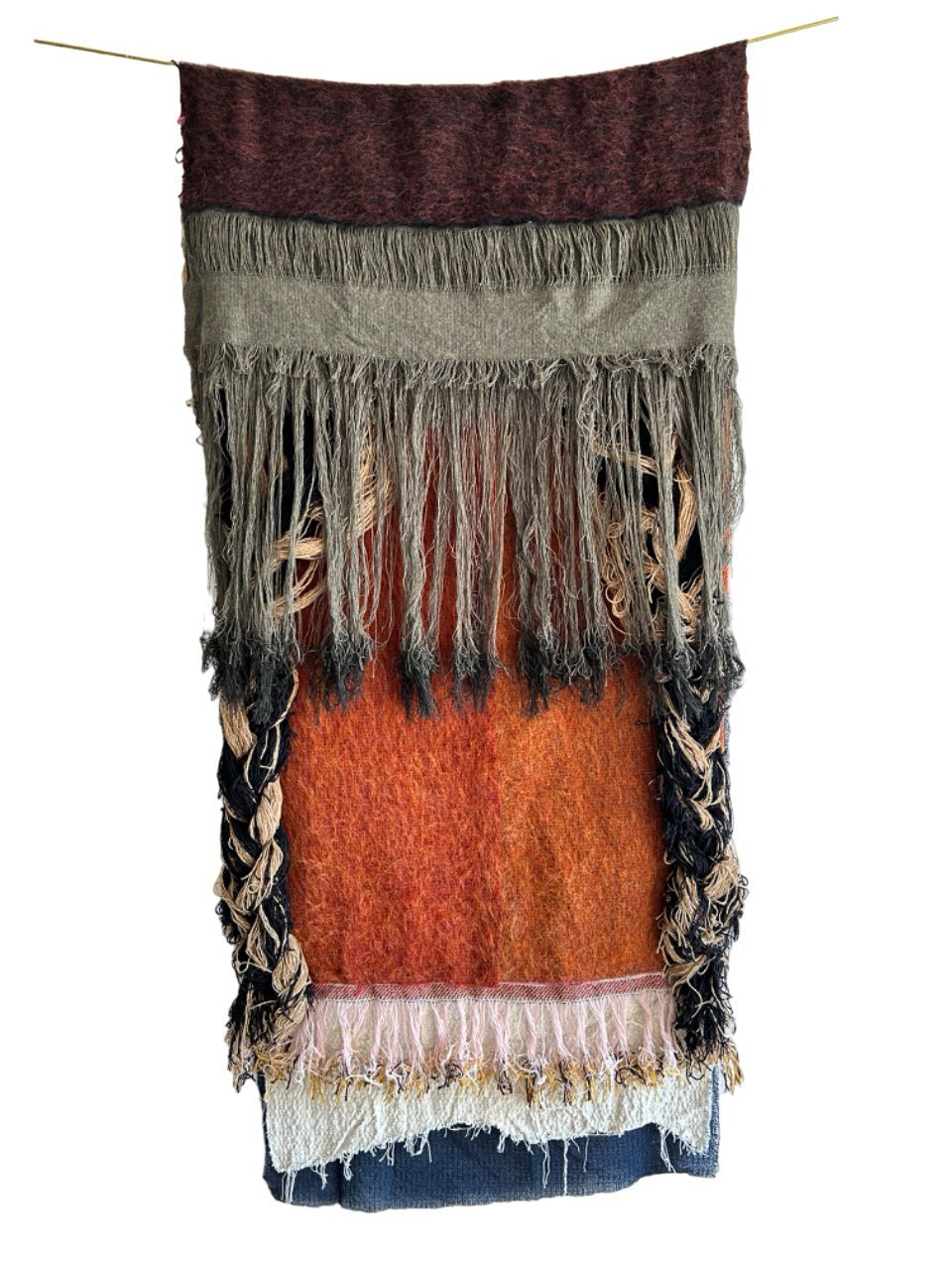
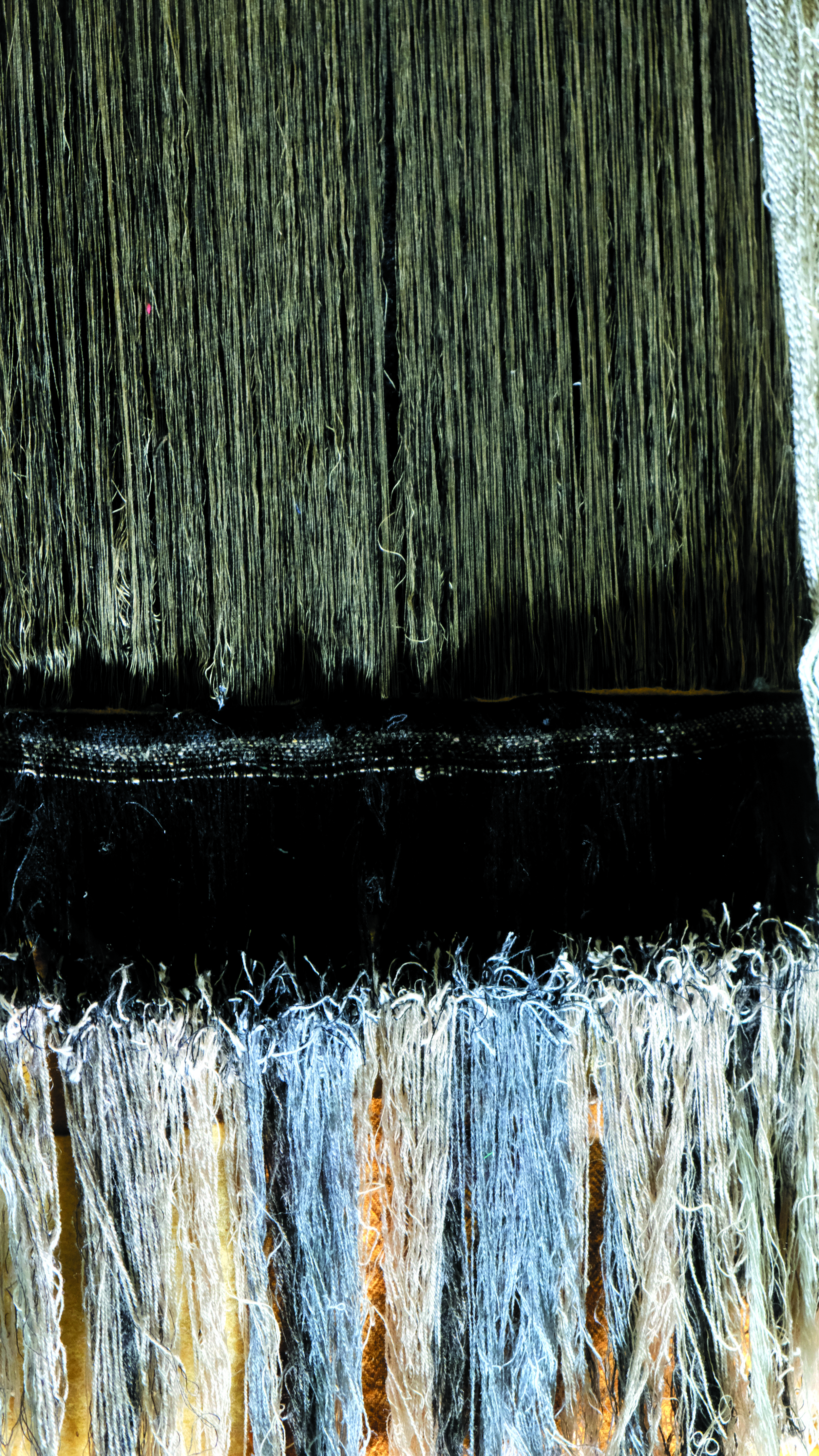
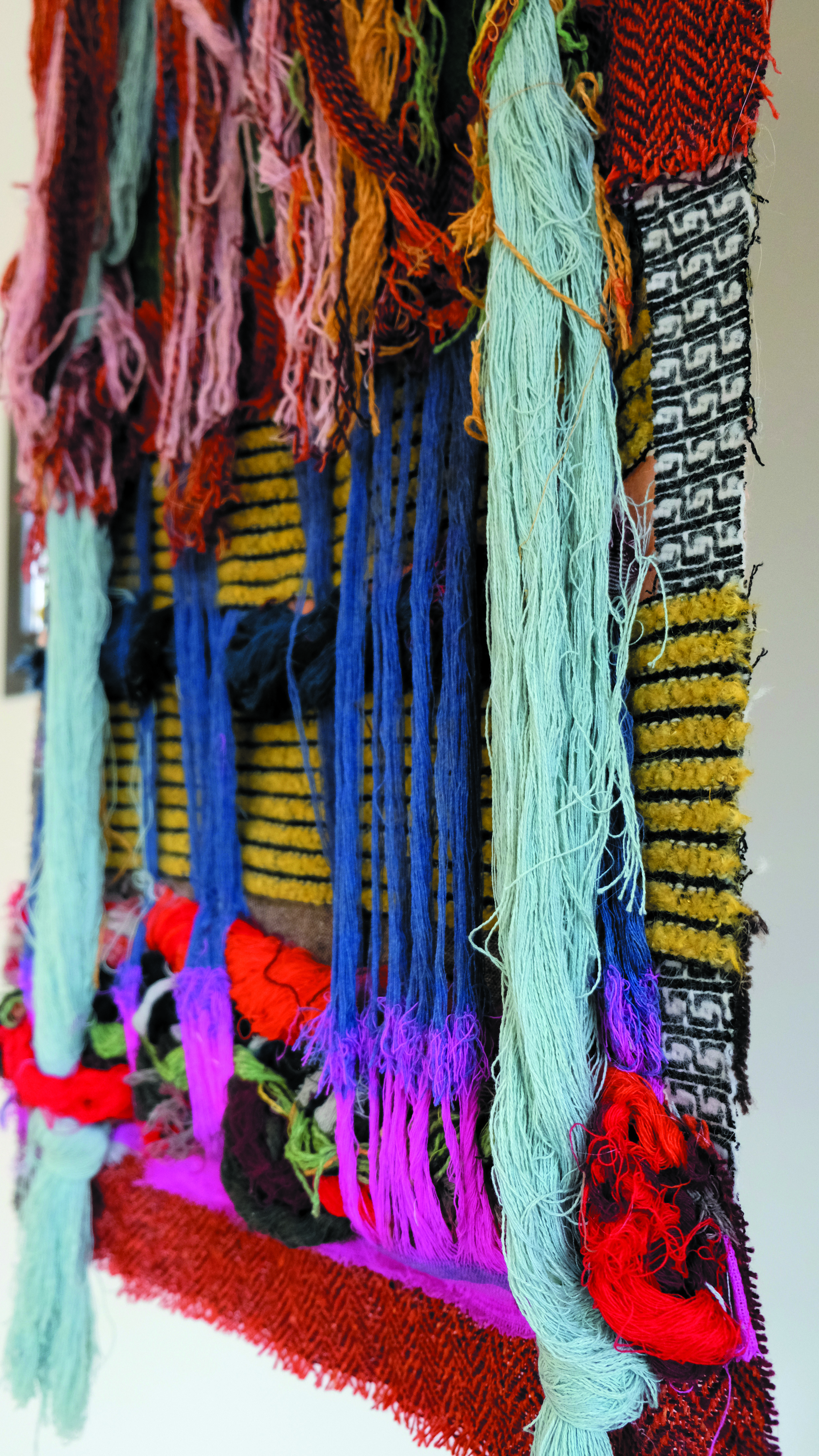


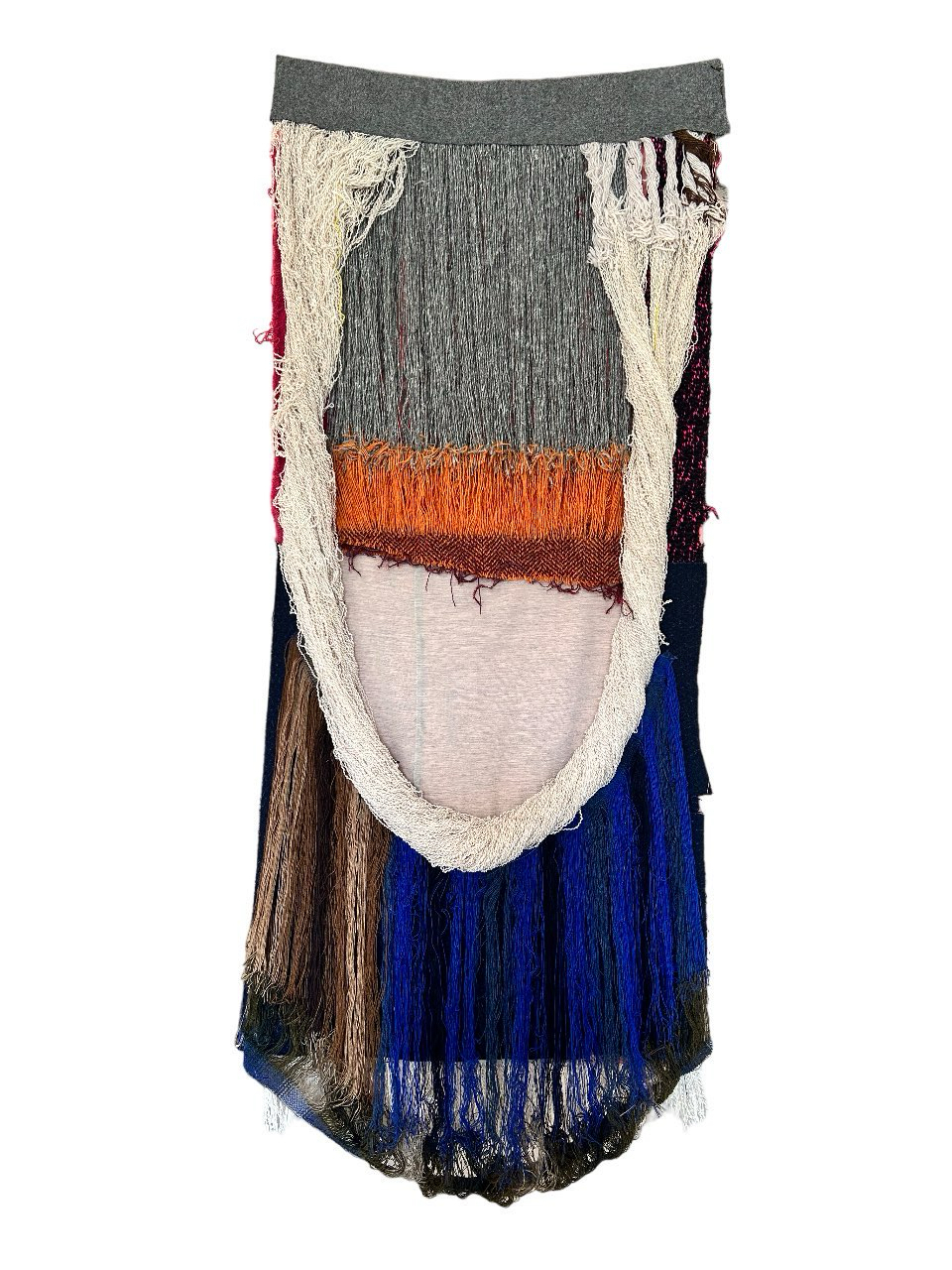
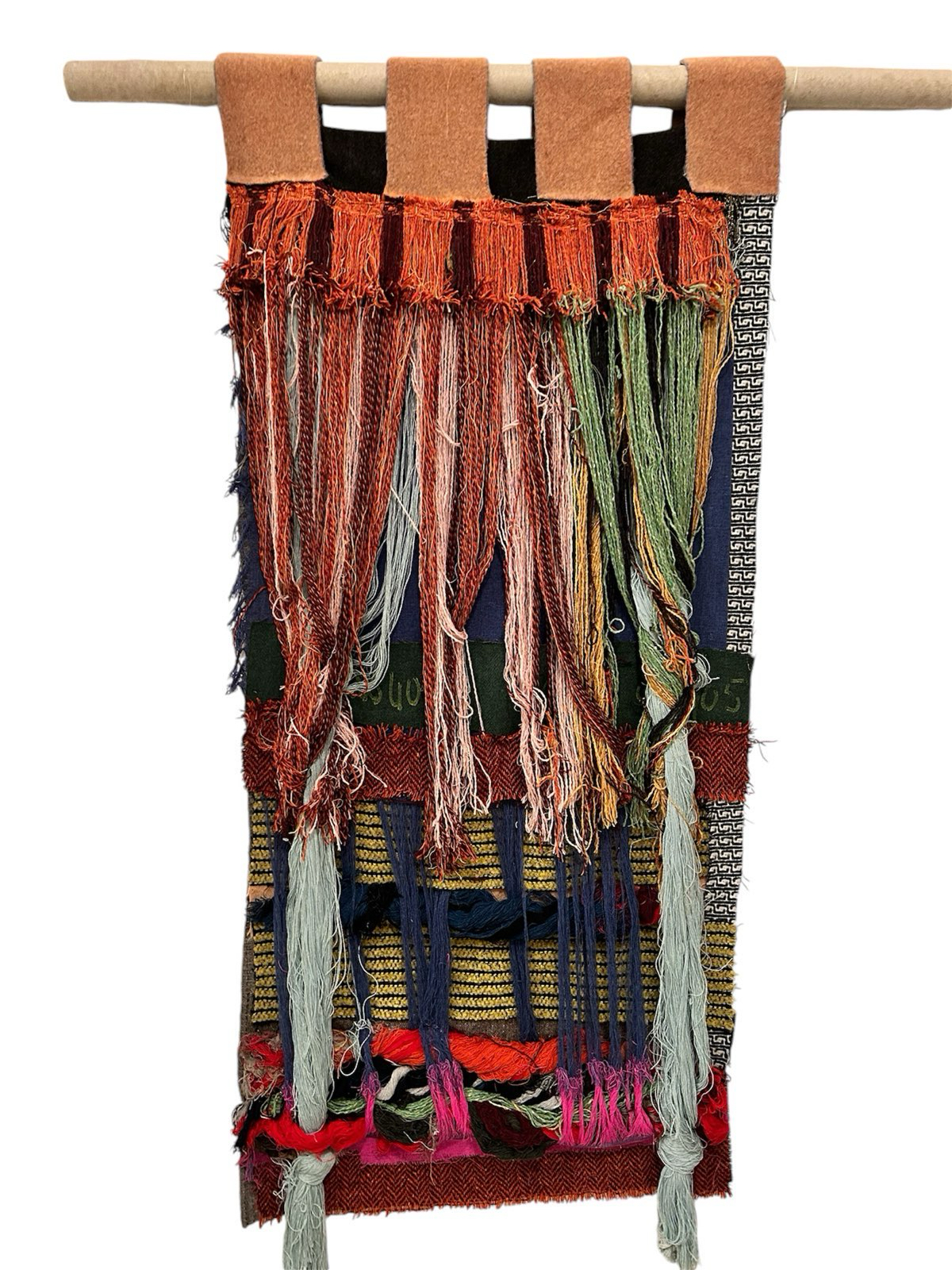
Photocredits Cristina Calderoni & Mute Insurgent 2025